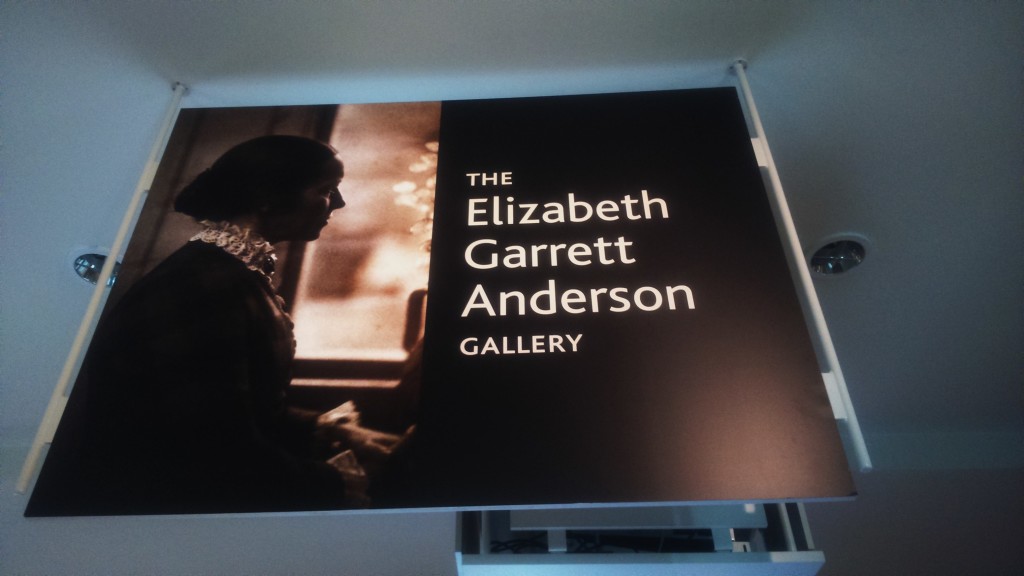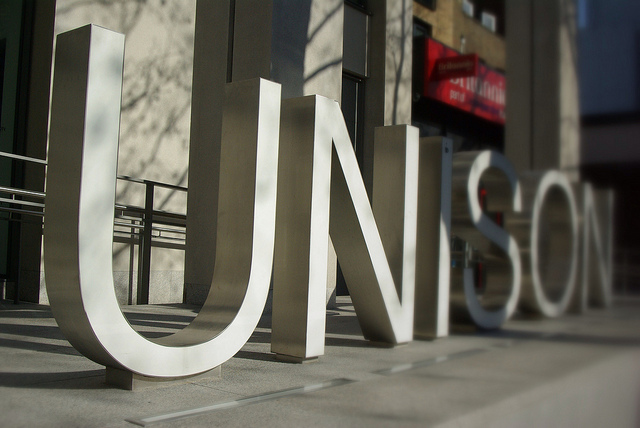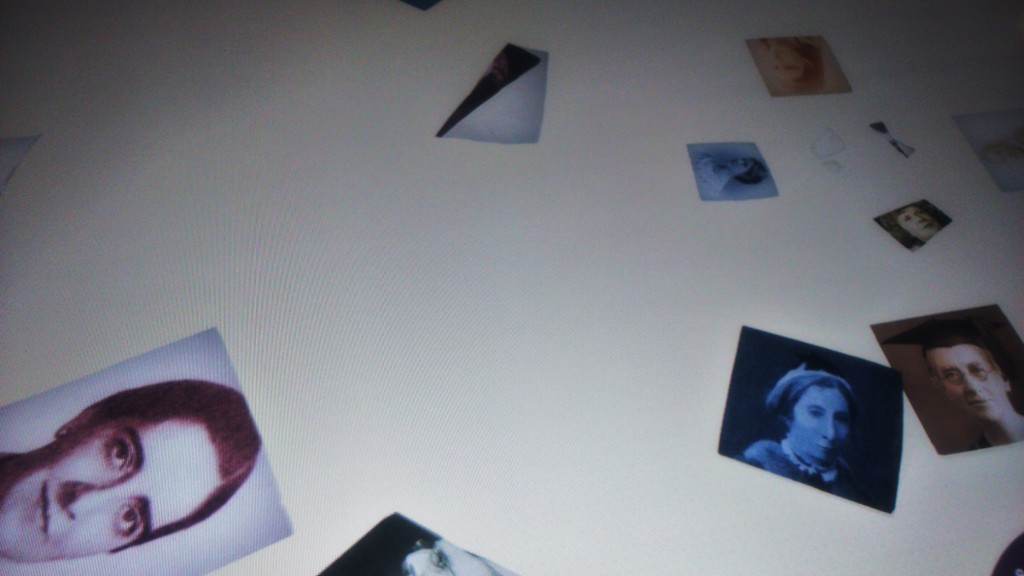As a champion of tiny museums, I was delighted to stumble across the Elizabeth Garrett Anderson Gallery on my way to a meeting. Telling the tale of Britain’s first female doctor and founder of London’s first women’s hospital, the pint-sized gallery proved an inspirational lunch break find.

Office Breaks The Elizabeth Garrett Anderson Gallery
Where is the Elizabeth Garrett Anderson Gallery?
Tucked away in the recesses of UNISON’s HQ on the Euston Road, nowhere is the contrast between past and present working life so apparent. Opposite the sleek, glass-fronted reception, the gallery opposite reveals a shameful story of one woman’s battle to be accepted into the British medical profession.

Adam Bruderer UNISON buildings, Euston
Having failed to be admitted into any medical school in 19th century England, Anderson enrolled as a surgery nurse at Middlesex Hospital. Once there, she was once again barred from attending Medical School. Undeterred, Anderson was eventually allowed to attend Chemistry lectures. Despite gaining a first class certificate, she was asked to leave following a petition from her male counterparts.
After privately obtaining further qualifications in Anatomy and Physiology, Anderson discovered a loophole at the Society of Apothecaries. It turned out she could not legally be excluded on account of her sex. In 1865, she passed her exams with the highest marks providing her with a license to study medicine. Soon afterwards, the society changed their rules to prevent other women following in her footsteps.
The ongoing struggles of Elizabeth Garrett Anderson
Despite her license, Anderson was still unable to take up any hospital medical post and was forced to set up her own private practice. The practice quickly thrived due to a timely Cholera epidemic and Anderson was invited to study Medicine by the Dean of the Medical Faculty at the Sorbonne. But despite her victory in France, her qualification still went unrecognised by the British Medical Register. Undeterred, Anderson went on to found the New Hospital for Women in 1872 – the first of its kind to be staffed entirely by women. Five short years later, Anderson’s activism led to the passing of an act which finally allowed women to enter the medical professions. In 1873, Anderson gained membership of the British Medical Association where she remained the only female member for nineteen years. Shamefully, the Association hastily closed its doors to women following her admission.

Office Breaks UNISON interactive displays
When the original Elizabeth Garrett Anderson Hospital finally closed in 2002, a complete restoration took place. This included a state-of-the-art gallery space in the main hospital room, located within the new UNISON Centre. The gallery uses a sophisticated blend of words, photographs, video and sound to bring the hospital to life the views of its doctors, patients and nurses.
Juxtaposed with the video screens are replica Arts and Crafts tables and chairs. Here visitors can take the weight off their feet and browse the library’s weighty tomes, many of which were written by Anderson and her peers.

Office Breaks Elizabeth Garrett Anderson Gallery
The original walls of the wards were painted in delicately-chosen colours and hung with Italian plaster reliefs depicting women and children. Blue Liberty-style prints adorned bedcovers and the double-heated stoves were decorated with Delft-style tiles.
What can you see in the gallery?
The quirkier exhibits on display include ceramic plaques to commemorate the endowment of beds when the hospital was funded purely by voluntary subscriptions. Other fascinating pieces include the small brown leather bag which accompanied Ethel Williams, Newcastle’s first female GP on her visits to patients’ houses. And there is also a teaching doll used by Maud-Forrester-Brown, Britain’s first female orthopaedic surgeon.

Office Breaks UNISON plaques
The exhibition follows Anderson’s growing interest and progression into the Suffrage Movement. After retiring as Dean of the London School of Medicine for Women in 1902, Anderson became one of the major players in the campaign to give women the vote.
How long does the gallery take to walk round?
The gallery takes no more than 20 minutes to walk round. It provides a fascinating lunch break diversion back to a time when gender equality in the workplace was inconceivable. Both uplifting and humbling, the exhibition exposes the battles fought by our predecessors to ensure that we can all benefit from today’s career opportunities.
The Gallery is open to the public free of charge from 9.00 – 6.00pm on Wednesdays, Thursdays and Fridays and from 9.00 – 4.00pm on the third Saturday of each month.
Entrance via the main doors located within the UNISON Centre.
